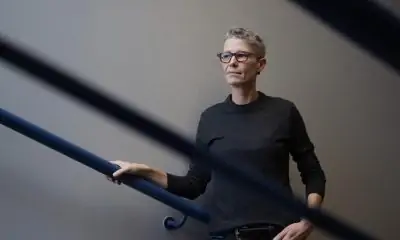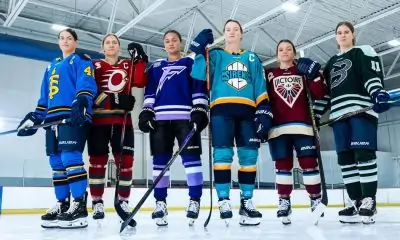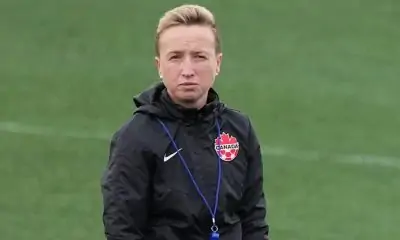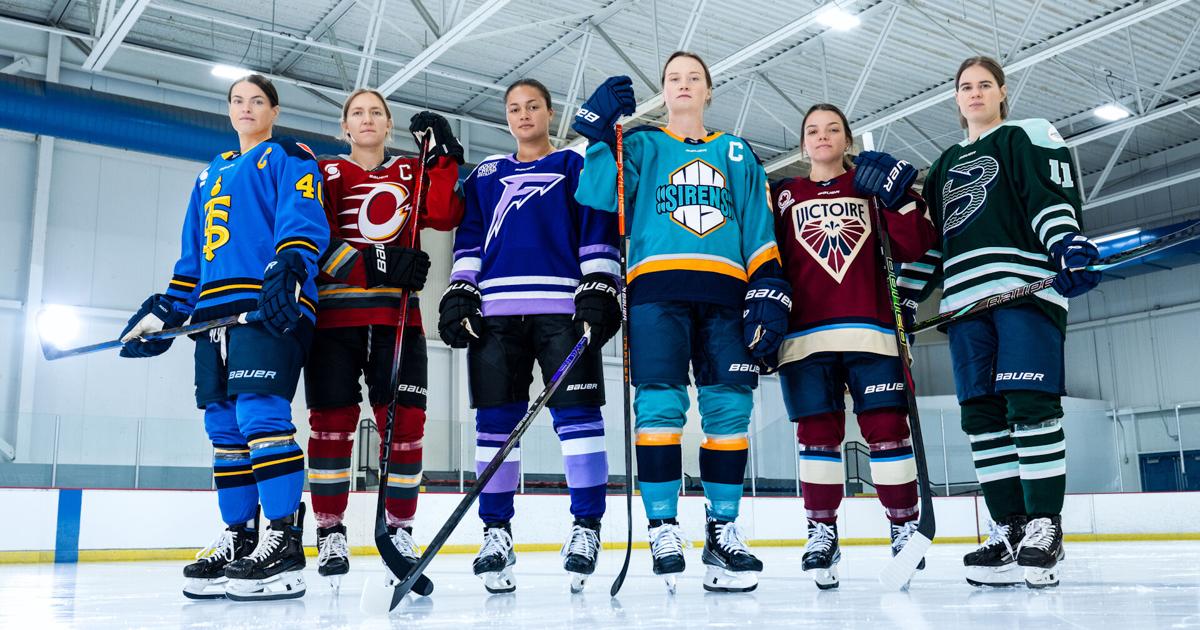VANCOUVER — British Columbia is set to launch one-stop support centres for children with issues like ADHD, autism and Down syndrome, but parents say promises of a no-wait system that won’t require assessments or a diagnosis seem unrealistic due to a shortage of health-care professionals.
The plan is to open 40 so-called family connections centres, or hubs, across the province.
Four are slated to provide services under a pilot program from next year — three in northwestern B.C., and another in the central Okanagan.
The province has given community agencies until July to tender for initial implementation of the program, and contracts are expected to be awarded in the fall. More proposals will be sought for the remaining centres that are to begin operating by 2024 to support neurodiverse kids and youth up to age 19.
Families of autistic children will then no longer get the current funding of up to $22,000 a year until age six, and $6,000 annually to age 18. Instead, they will be provided services through the new system.
Julia Boyle, executive director of Autism BC, said the province has not provided information about staffing and protocols for the “complex transition” to a new system that could have parents of thousands of neurodiverse kids “knocking on the doors of these hubs.”
There is not enough time for consultations with advocacy groups before the pilot program starts, and to fully shift from individualized funding for autistic kids to the new hubs is another major change in two years, Boyle said.
“It makes more and more sense to have a phased rollout,” she said. “That’s ultimately what I’m pushing for.”
Government “spin” over autism funding has created divisions about inequity because many parents of children with other needs have been paying out of pocket, Boyle said. That has led some to accuse the autism community of being “selfish,” she said.
“It’s on the government to come up with solutions,” Boyle said, suggesting funding could have been provided more equitably to all families in need, instead of being taken away from those who had fought to get it.
The first four hubs will be in Prince Rupert, Terrace, Smithers, and Kelowna. But it’s unlikely many parents of autistic kids in those communitieswould choose to immediately give up funding and switch to the hubs, Boyle said, since participation in the pilot program will be optional.
That could hinder evaluation of the hubs before the program is launched provincewide, she said.
Mitzi Dean, minister of children and family development, said her ministry will be “observing where families are able to make that transition and what it is that’s working for that transition.”
Dean said the goal of the new system is to give families access to a team of service providers from speech and occupational therapists to behavioural interventionists and replace a patchwork of programs that are “not working for far too many families.”
“Each family will have a primary member of a team that they will connect with, and they’ll work together to design the circle of care to wrap around their children and youth with support needs,” she said.
Dean did not directly respond to a question on whether psychologists and psychiatrists would be part of these teams but said mental health support and professionals will be available without a referral.
Parents can access the centres when they start noticing their child is not meeting certain milestones, she said.
“The problem at the moment is that services are locked behind a diagnosis,” she said. “And that limits access to services at the time that a parent or family might recognize that there might be a need or an issue. Then that causes that bottleneck as well. Then, even depending on what diagnosis you get, you still might not get services, or you become a case manager for your own child.”
Dean said parents are “exhausted” trying to find and co-ordinate support on their own and will no longer need to make that effort under the new system, which aims to provide disability and support services to about 28 per cent more children earlier in their development.
As for staffing, she said the province is working with service providers to bring multidisciplinary teams together.
“By building a system and having local community agencies be able to employ a range of health professionals and also subcontract with other people who are able to provide services in the community, that’s how we’re going to be able to deliver this system and work in partnership with community agencies.”
Candice Murray, a registered psychologist and clinical instructor at the University of British Columbia, questioned how a child with attention deficit hyperactivity disorder, which is her specialty, would get help at a hub without having had an assessment, which can be time consuming and complicated.
Behaviour, medication, sleep and eating patterns, parenting and triggers are among the many factors that must be considered during an assessment, said Murray, former head of the ADHD clinic at BC Children’s Hospital. Most effective intervention strategies were based on such an assessment, she said.
“Who’s going to be working in the hubs? The child and youth mental health teams don’t take kids with ADHD,” Murray said of the service currently provided by the Children’s Ministry.
“I don’t know if they would be involved in hubs but they don’t have any experience or training, so that’s another concern I have. Where are all these people going to come from, and who’s going to train them?”
ADHD is not officially recognized as a disability, so children often do not get the support they need at school, even after their parents have spent thousands of dollars on assessments through the private system, she said.
“I worry that this is a watered-down version of an appropriate assessment,” she said of the hubs.
Children with ADHD who don’t get help can end up with disruptive behavioural problems, Murray said. Some later suffer silently until depression and anxiety set in, so their needs should be adequately met in the new system, she added.
Jaymie Nelson, whose two children, Emerson, 12, and eight-year-old Amelia, both have ADHD, said it’s hard to believe there won’t be any wait lists at the hubs “because there are wait lists for everything, even paying privately there’s a wait list.”
Nelson said her children have a rapport with their occupational therapist and speech-language pathologist, and she worries about losing access to these professionals under the hub system.
She attended a town hall last fall after the government announced the hubs and said she felt hopeful that children and youth with ADHD could finally get some support, which isn’t provided at most schools because many teachers are not trained in basic knowledge about the condition.
“It was not clear on details,” she said. “There was really nothing ironed out. Initially, it was like, hey guys, this is awesome. But really it is not. There are so many concerns.”
This report by The Canadian Press was first published May 16, 2021.
Camille Bains, The Canadian Press


































